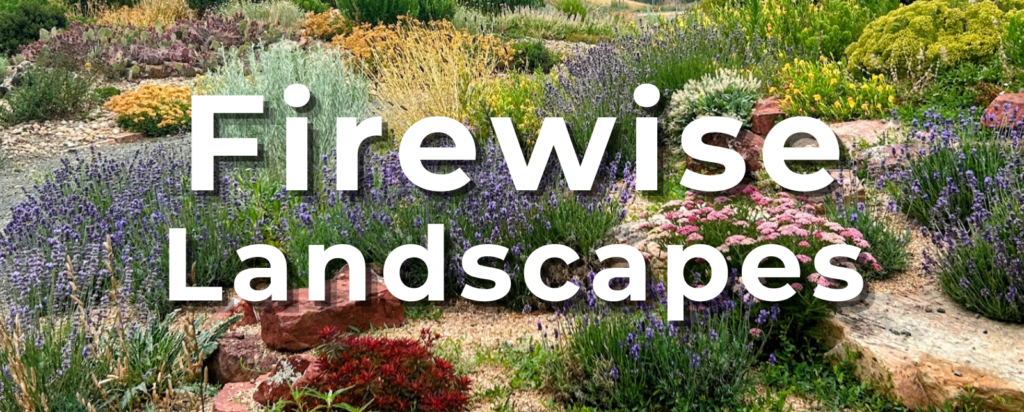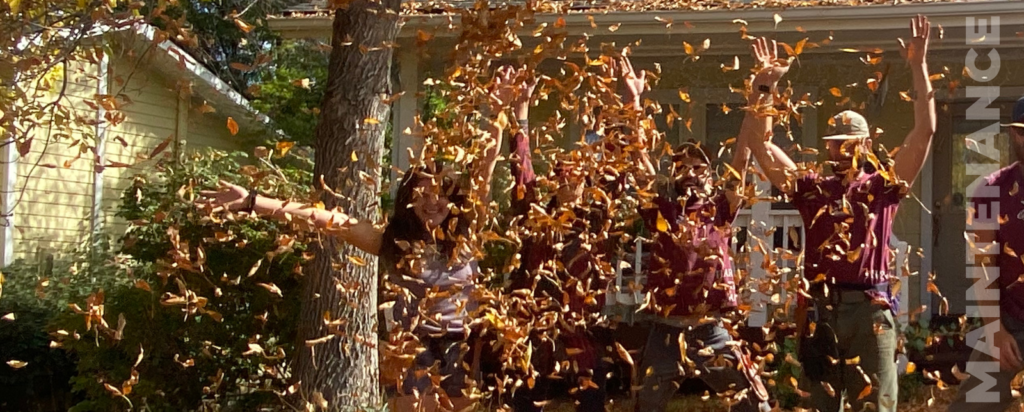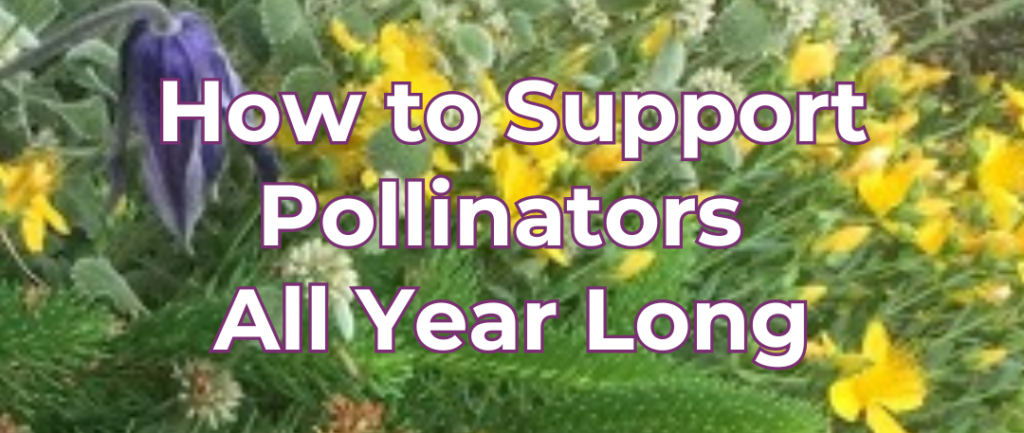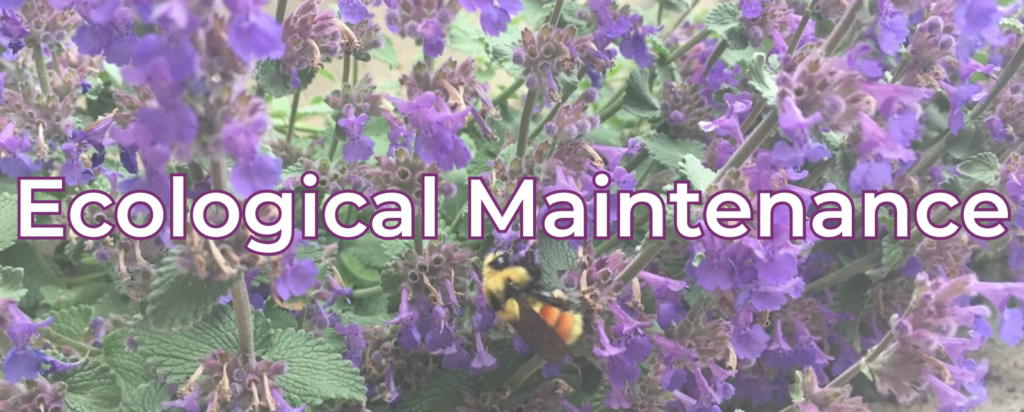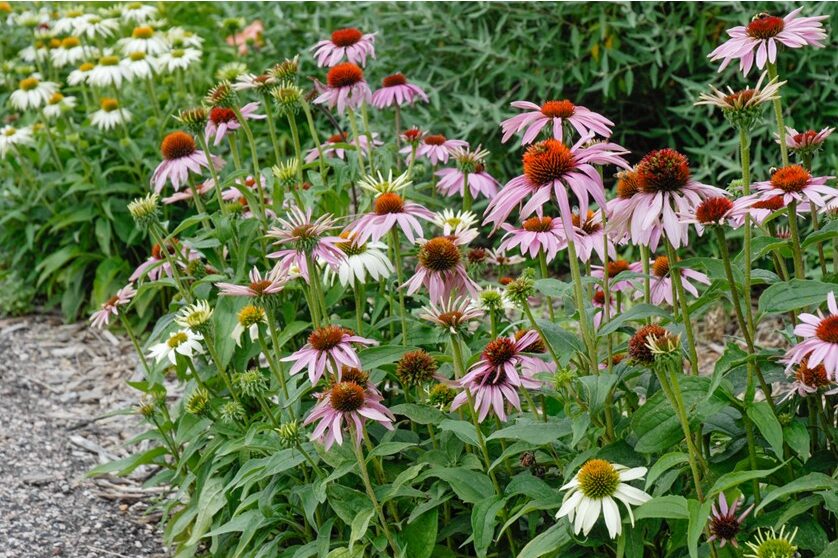Creating Wildfire Defensible Space in Your Landscape
In this year of little rain and too many fires as of the writing of this article – hopefully things will change by the time you read it – being fire wise is as important as ever. Living rurally in Colorado’s arid environment and fire-dependent forests many homeowners are particularly vulnerable. Wildfire is a natural phenomenon and by creating a wildfire defensible space around your home risk can be reduced. There are a number of things to know and do around your home and in your garden that can help to prevent the spread of wildfires.
Planning
A green belt of nonflammable vegetation should immediately surround your home. This area ideally is irrigated if possible and is comprised of lawn, groundcovers, or short native grasses, flower beds, and fire resistant shrubs. This is one of the best reasons I’ve heard of to irrigate and consider a lawn! This is a great place to use stone work and ornamental rocks and boulders as accents since they are non combustible, and wood mulch should be avoided.
Trees should be no less than 30 feet from the house and on slopes further on the downhill side of the house is recommended. The trees beyond that should be planted so that their crowns, once mature, are at least 10 feet away from each. Shrubs should not be planted directly below trees to avoid creating what is referred to as ladder fuels meaning something similar to the domino effect where if one catches fire it is likely to ignite the other and spread the fire.
Plant Choices
Plants with more resin, in some cases evidenced by dark colored sap, are more flammable and should not be planted in fire prone areas and especially in close circumference of the home. Also plants like junipers that shed a lot and tend to hold dead material like branches and leaves should also be avoided. Many of our native species of plants are highly flammable in the summer, and this can be a good reason to replace them with low growing fire resistant plants, many of which are also drought tolerant or xeric, meaning they work well in a xeriscape.
Choose your plants wisely as some are considered fire resistant – although as with deer resistance – there is no such thing as fire – or deer–proof. Nature just doesn’t work that way. Plants that hold more moisture like aspen and cactus, for example, are less flammable. A good list of flowers, shrubs, and trees can be found at http://csfs.colostate.edu/pdfs/06305.pdf although it is said that how and where you plant is more important than what you plant.
Many Coloradoans don’t realize they live with the threat of fire, but if you live in the grasslands, foothills, or mountains you are at risk. I think that pretty well covers all of us! There are helpful websites that offer abundant information on what you should know to be prepared and how you can make your property safer. http://csfs.colostate.edu/pages/wf-protection.html is a good place to start.
To the glory of the garden! Eva
Eva Montane, certified Landscape Designer & President of Columbine Landscapes Co




